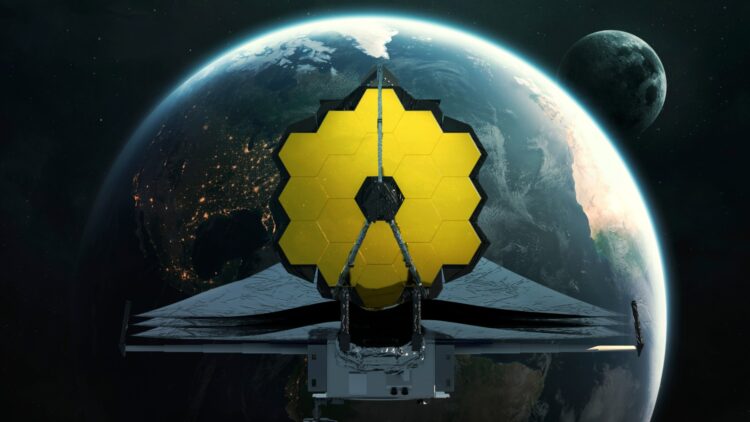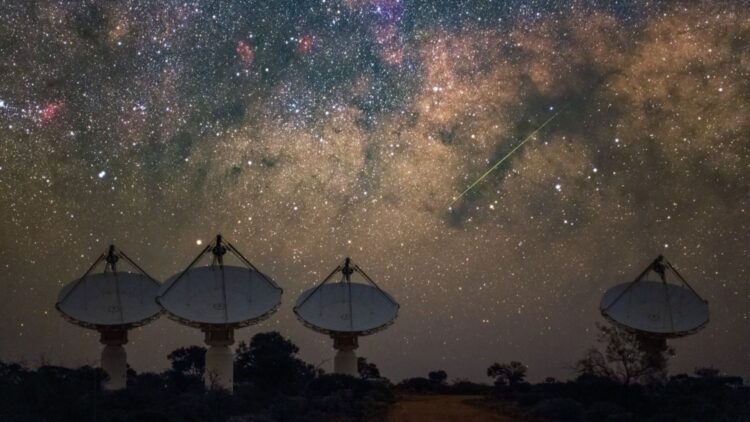Massive lawsuit against SharkNinja confirms its pressure cookers have a dangerous defect that could cause severe burns
Neither ChatGPT nor Gemini autonomous AI agents have a serious reliability problem, and they have documented it with compelling figures
Labrador-sized dinosaur discovered in U.S. was fast, mysterious and lived 150 million years ago
For the first time, NASA has taken a direct picture of an exoplanet that astronomers believe may be forming the dust rings around a nearby young star. NASA’s hero, the James Webb Telescope, is responsible for the discovery of the planet, which they have called TWA 7 b. It is the lightest world yet discovered by direct imaging, with a mass comparable to Saturn and a temperature of only 47 C!
The MIRI device enabled the observation, which validates scientists’ expectations to usher in a new era in the study of planet formation! Indeed, TWA 7b resembles a planetary infant! Isn’t it amazing that this young planet, which is situated in the Hydra constellation approximately 34 light-years distant, can educate us about the formation of worlds?
The first planet caught in action
TWA 7 b is unique among the more than 6,000 exoplanets that NASA has found so far since it was directly viewed, negating the requirement for inference from shadows or motion. Astronomers were able to obscure the glare from the host star, TWA 7, by using MIRI’s coronagraph. They also discovered a tiny glow embedded in one of the dust disk’s gaps, which is where our newborn planet existed.
The perfect moment
And that was all because the planet was situated precisely in a gap. Scientists are stunned by its brightness, color, and distance, which all fit the features of a young, frigid planet interacting with its environment.
What is TWA 7 b?
As of right now, TWA 7b is thought to be a frigid planet with a temperature of only 47 degrees Celsius and roughly 100 times the mass of Earth. As a result, it is the lowest-mass planet ever directly imaged. Additionally, it revolves around a star that is only 6.4 million years old, allowing us to observe ongoing planetary dynamics.
Astronomers believe that this planet may be influencing the dust disk around it. Its gravity might have caused a hole to form in the disk, creating a living sculpture-like cosmic environment for its star.
The potential of a Trojan disk
Trojan disks, which are collections of dust stuck in a planet’s orbit, were previously simply a notion that scientists had created on a computer; this may be the first concrete proof that they actually exist.
An ideal star to observe
With infrared telescopes like the James Webb, TWA 7, also called CE Antliae, is easier to observe because it is nearly face-on from our point of view. Astronomers are finding that its placement within the TW Hydrae association is a gift!
What comes next
TWA 7b’s status as a planet has not yet been formally validated, despite the fact that the data is quite reliable. Although the notion that it is a distant galaxy cannot yet be ruled out, it has been ruled out as a solar system object. However, the theories strongly suggest that it is a new planet.
A new horizon for Webb and NASA
This finding demonstrates that the James Webb Telescope can view planets with masses comparable to those in our solar system in addition to far-off galaxies and the universe’s beginnings. Today, science can really observe how planets influence their surroundings from birth!
NASA works to learn more about this amazing cosmos we dwell in every day. Thanks to Webb, this tiny planet—small because it’s young, yet larger than us—offers a clear view into the formation of the first planetary systems.
| Topic | Details |
| Planet Name | TWA 7 b |
| Discovery Tool | NASA s James Webb Space Telescope (MIRI instrument + coronagraph) |
| Location | Hydra constellation, approx. 34 light-years from Earth |
| Host Star | TWA 7 (also called CE Antliae), approx. 6.4 million years old |
| Planet Characteristics | Mass ~ like Saturn (~100 Earth), temperature 47 C |
| Trojan Disk | May be the first real evidence of a Trojan dust disk |
| Observation Advantage | TWA 7 is seen nearly face-on, ideal for infrared observation |
| Scientific Impact | Shows planet formation in progress, confirms JWST s planetary potential |
| Current Status | Awaiting full confirmation; distant galaxy not entirely ruled out |




